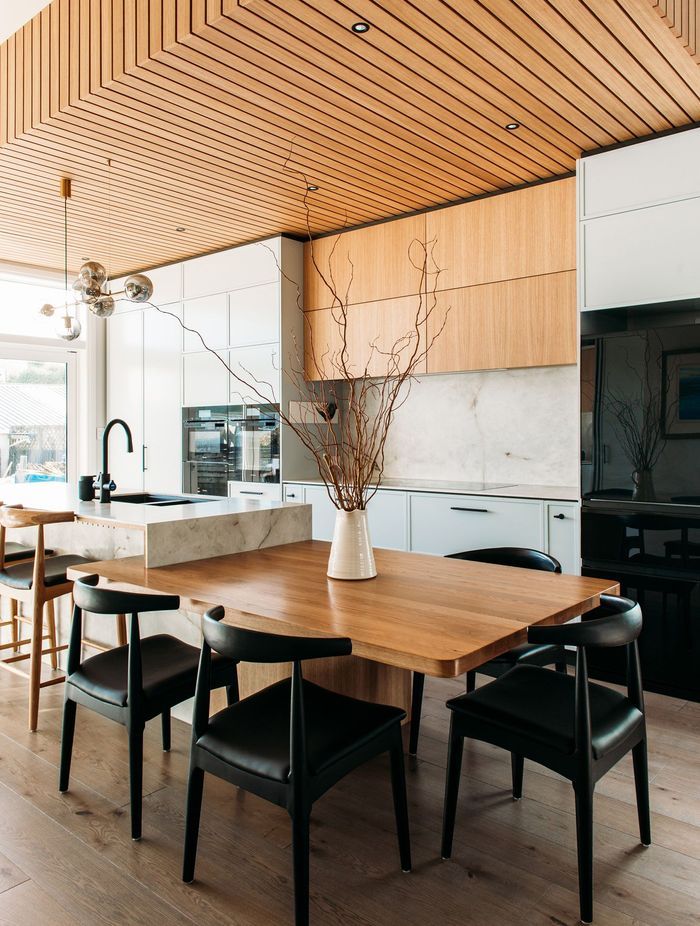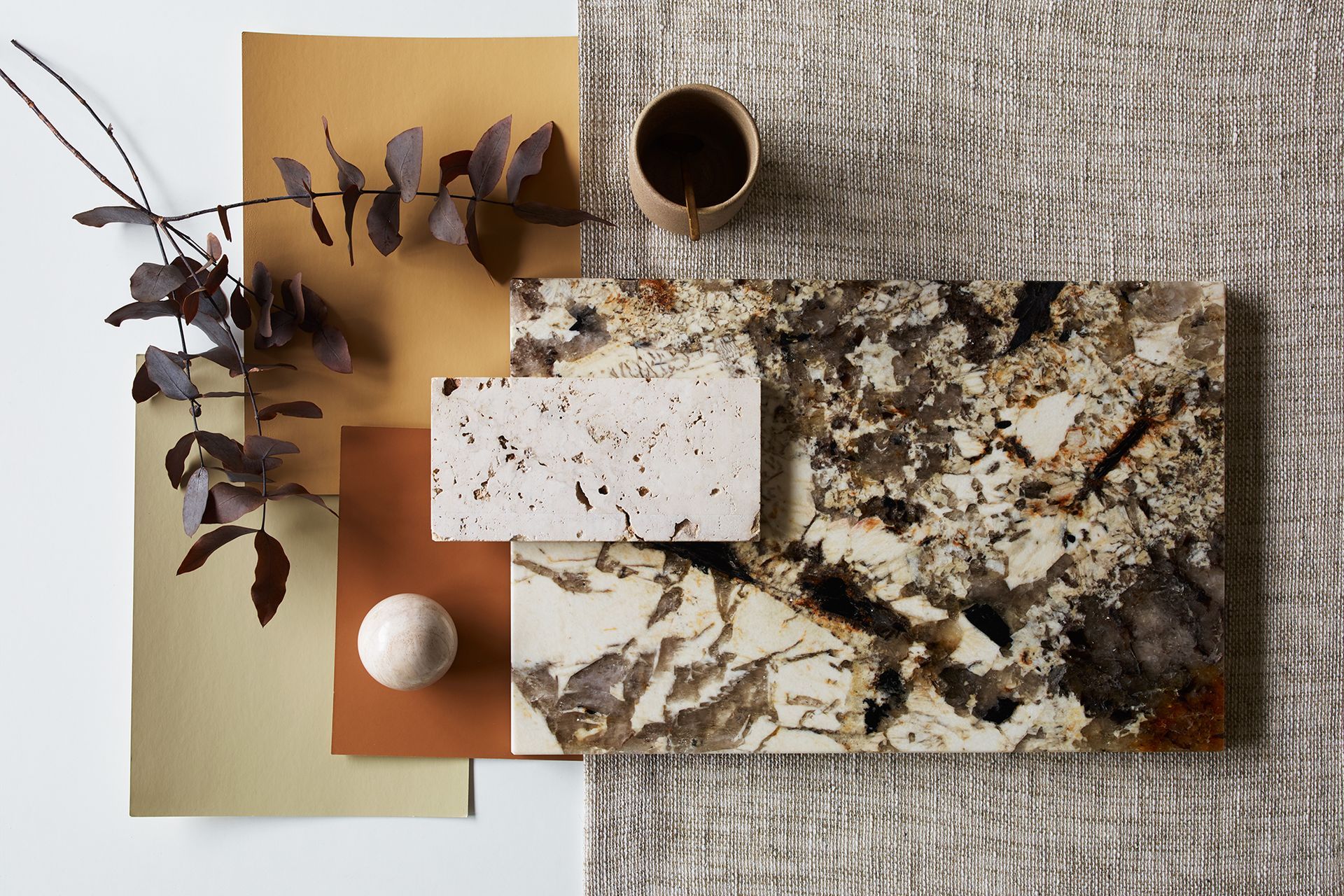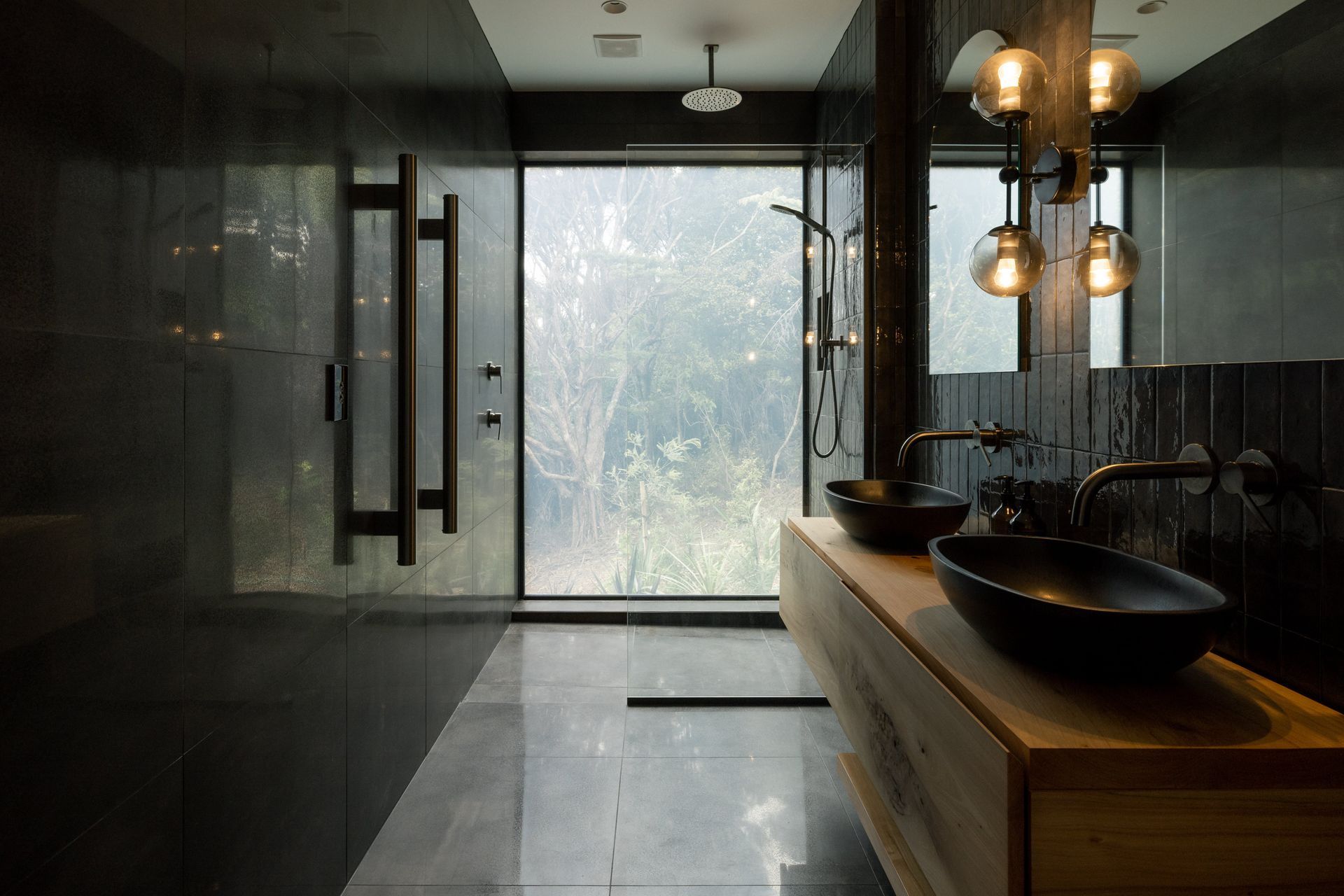5 elements of Japandi interior design
Written by
17 November 2022
•
2 min read

1. A neutral colour palette
Richer in tone to the Scandinavian aesthetic, earthy, muted tones set the scene for Japandi design. Warm hues and colours inspired by nature create the calming, inviting atmosphere Japandi is known for – a dance between the comfort in the Scandinavian design theories of hygge and koselig, and the restorative nature of wabi-sabi interiors which follow the philosophy of ‘beauty in imperfection’.
Beige, mustard, stone green and earthen clay colours – such as Resene Double Sisal, Resene Double Lemon Grass and Resene Mai Tai – bring the colours of nature inside in Japandi design, and, unlike Scandinavian minimalism, can be contrasted with darker accents.
2. Natural, textural materials
A key aspect of this interior design style is the use of natural materials. Wood, stone, clay and natural fibres such as linen, wool and bamboo add to the visual warmth of a space and create a connection with nature. Metal and concrete are also popular when softened by textiles.
When adding these natural materials to a space, it’s important to gradually build up the layers of texture.
3. Statement pieces
Japandi design prioritises high-quality, handcrafted pieces.
A curated selection of statement pieces, such as the Hume Stone Coffee Table, clay vases, an Izakaya Linen Pendant and organic textiles can bring the whole design together.
4. A focus on practicality
While textures and natural materials are championed in Japandi style, it’s important for each item in a space to be practical. This is where the interior design trend demonstrates its fusion of Japanese and Scandinavian design principles – simple forms, natural materials, and an emphasis on comfort and functionality.
In Japandi interiors, every item has a purpose – whether it's the stone coffee table or linen light pendant, a floor rug that defines a living space and provides warmth, or a stool that combines form and function.
5. Incorporating biophilic design
This is an element that brings the details of Japandi interior design together. With the goal to bring the natural world front and centre into the built environment, biophilic design welcomes nature indoors by incorporating plants and natural light.
Japanese shoji screens – traditional Japanese panels that dissipate light – are also a popular addition to Japandi interiors.
Explore products and projects on ArchiPro and start your Japandi-inspired design board.
Words by Cassie Birrer





